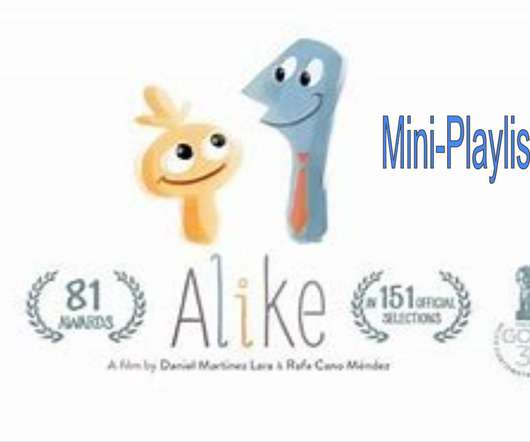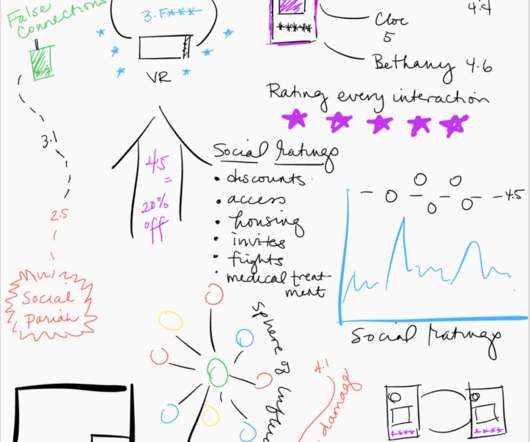Blended Learning: Design a Mini-playlist that Allows Students to Control the Pace of Their Learning
Catlin Tucker
OCTOBER 24, 2021
As I’ve embraced blended learning, I have transformed many of my whole group, teacher-led lessons into student-centered, student-paced learning experiences using different blended learning models. The playlist model presents students with a sequence of learning activities that they self-pace through.












Let's personalize your content